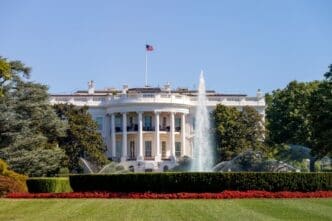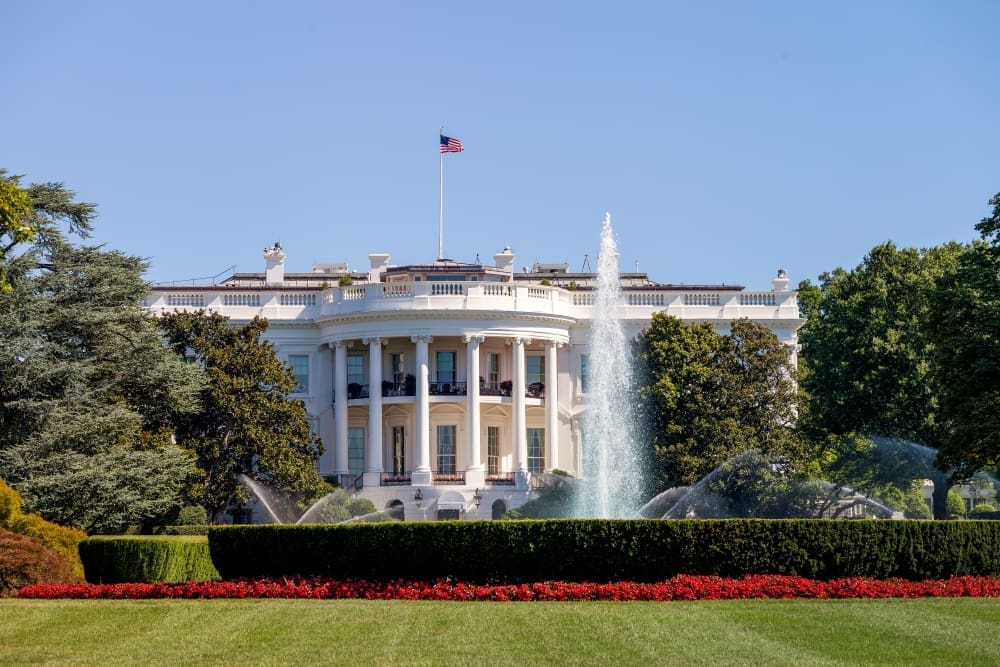The recent actions by the U.S. administration have raised significant concerns over the potential economic impact on the Global South. President Donald Trump has threatened to impose country-specific tariff rates following a temporary suspension of "reciprocal" duties set to last until early July. Such measures are seen as a move that could severely disrupt the export-led growth that has been a driver of global economic advancement, particularly affecting the development trajectories of emerging and developing economies.
China's burgeoning foreign trade underscores the critical role of international commerce in driving global growth. In 2024, U.S. exports reached approximately $2.06 trillion, a figure surpassed by China's exports, which totaled $3.5 trillion and reached about 230 destinations worldwide. Notably, China has diversified its trade relations, shifting focus from the U.S. to Europe and Southeast Asia, especially following the commencement of the tariff war initiated by the Trump administration in 2018.
The impact of U.S. tariffs has been profound, with China's exports to the U.S. decreasing from over 19 percent in 2018 to less than 15 percent in 2024. This shift has been bolstered by China's increased trade with Belt and Road Initiative countries, which accounted for nearly 54 percent of China's imports last year. These partnerships are vital for the economic development of Global South countries, which often find Western exports prohibitively expensive due to higher living standards and purchasing power.
The introduction of tariffs by the U.S. has been part of a broader trade conflict strategy that initially targeted key partners such as Canada, Mexico, and China. Subsequent rounds of tariffs, particularly those termed "reciprocal," have been criticized for their unilateral nature and flawed calculations. The retaliatory tariffs that followed have led to a marked decline in economic prospects for the U.S. and its trading associates.
An important consideration is the long-term ramifications of these tariffs, which threaten to hinder the rise of the Global South. Historically, economies that have industrialized successfully, such as the "Asian Tigers" and later entrants like Malaysia, Thailand, Vietnam, and Indonesia, have relied on export-driven growth. This model has been essential for nations like China, India, and other Southeast Asian countries.
In the aftermath of World War II, the United States emerged as a dominant economic power, a status that has evolved significantly. Although still the largest economy, the U.S.'s role as the world's leading exporter has diminished, and it now encounters consistent trade deficits. Meanwhile, the dominance of the U.S. dollar in global transactions has also waned.
Given these developments, any substantial threat to Chinese trade could have far-reaching consequences, particularly for the Global South and the broader global economy. As the U.S. continues to navigate its economic policies, the implications for international trade remain a critical concern.














